Back in 2021, Tim Miller shared insights into his work on Volume 2 of Love, Death + Robots. Now, he returns to discuss about Secret Level, his latest animated anthology, this time drawing inspiration from video games.
What inspired you to transition from Love, Death + Robots to creating Secret Level? Were there specific themes or ideas you wanted to explore in this new anthology?
I love short stories and the anthology format – which is why we made Love, Death + Robots – and that same love of the format is what drew us to make Secret Level. The creative freedom, the visual experimentation, and working with some of the best animation talent in the world—it’s everything I love about our industry. The biggest difference is that with video games we have established characters and ideas – and the kinds of stories we can tell when the audience already has a love or affinity for content are very different. Blur’s been working in the game industry for decades and we love the variety of genres and the world creation opportunities and, most especially, the passion of the people who make games. Secret Level was our chance to take all that passion and create an anthology that speaks directly to gamers while still being something any viewer could enjoy.
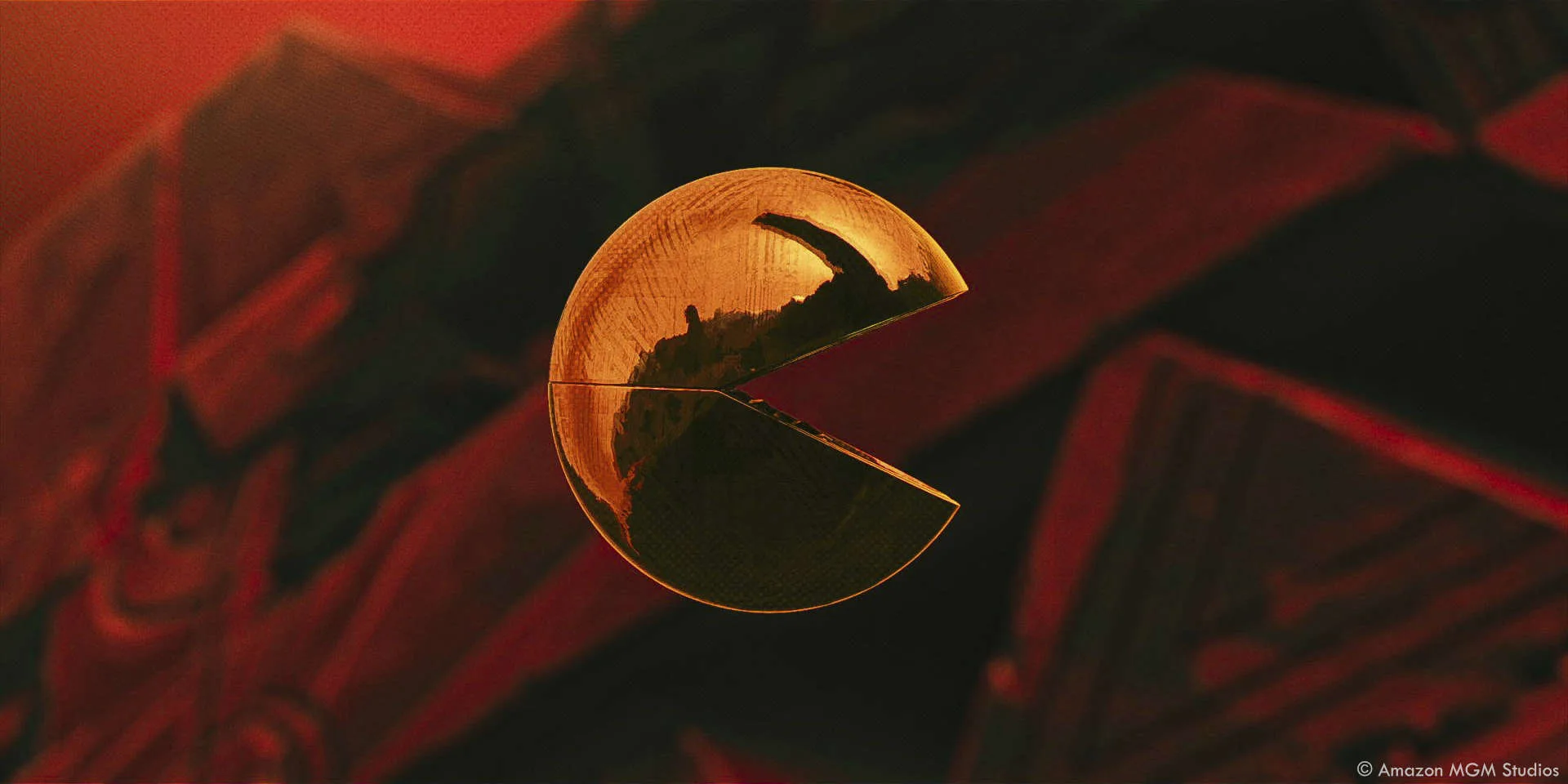
Given the anthology’s focus on stories rooted in the world of video games, how did you decide which games or gaming concepts would work best as standalone episodes?
We had a huge list to start with—games we love, games that influenced us, and games that had stories begging to be told in a new way. Some were direct collaborations with game developers, while others were inspired by broader gaming themes, like the psychology of respawning or the emotional impact of player choice. We worked closely with animation studios to bring these ideas to life, always making sure that the core DNA of the game remained intact. That said, every episode had to stand on its own, whether you’d played the game or not.

But the equation of what games are in the show is a complicated one of game popularity, (or an estimate of future popularity if they haven’t come out yet) story potential, availability of the IP (so many games are in development as movies or series already) and the willingness of the IP holders to let us play in their sandbox.
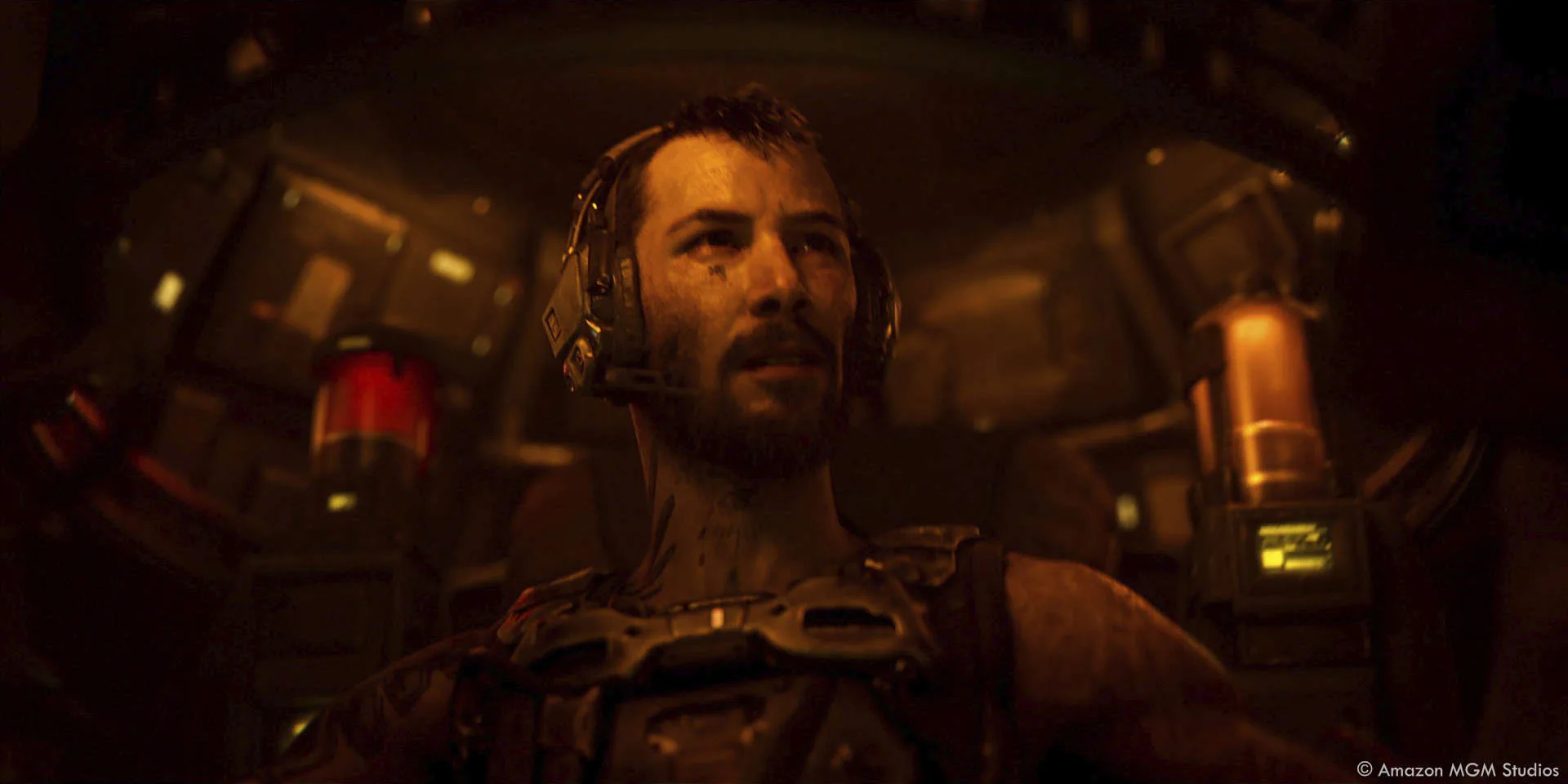
How do you strike the balance between honoring the essence of video games and ensuring the stories remain engaging for viewers unfamiliar with gaming culture?
We try and focus on character and emotion – that translates best we find. You don’t need to have played a specific game to understand what it feels like to face impossible odds and keep going. Or to feel the loss of a child or the thrill of a victory. Those feelings are universal. And we can do that at the same time as we include details the hardcore fans will appreciate and hopefully think, “Oh, these guys get it.” We try not to force-feed anyone the IP – the stories work because they’re about universal human (or, sometimes, inhuman) experiences as much as they are about games or gaming.
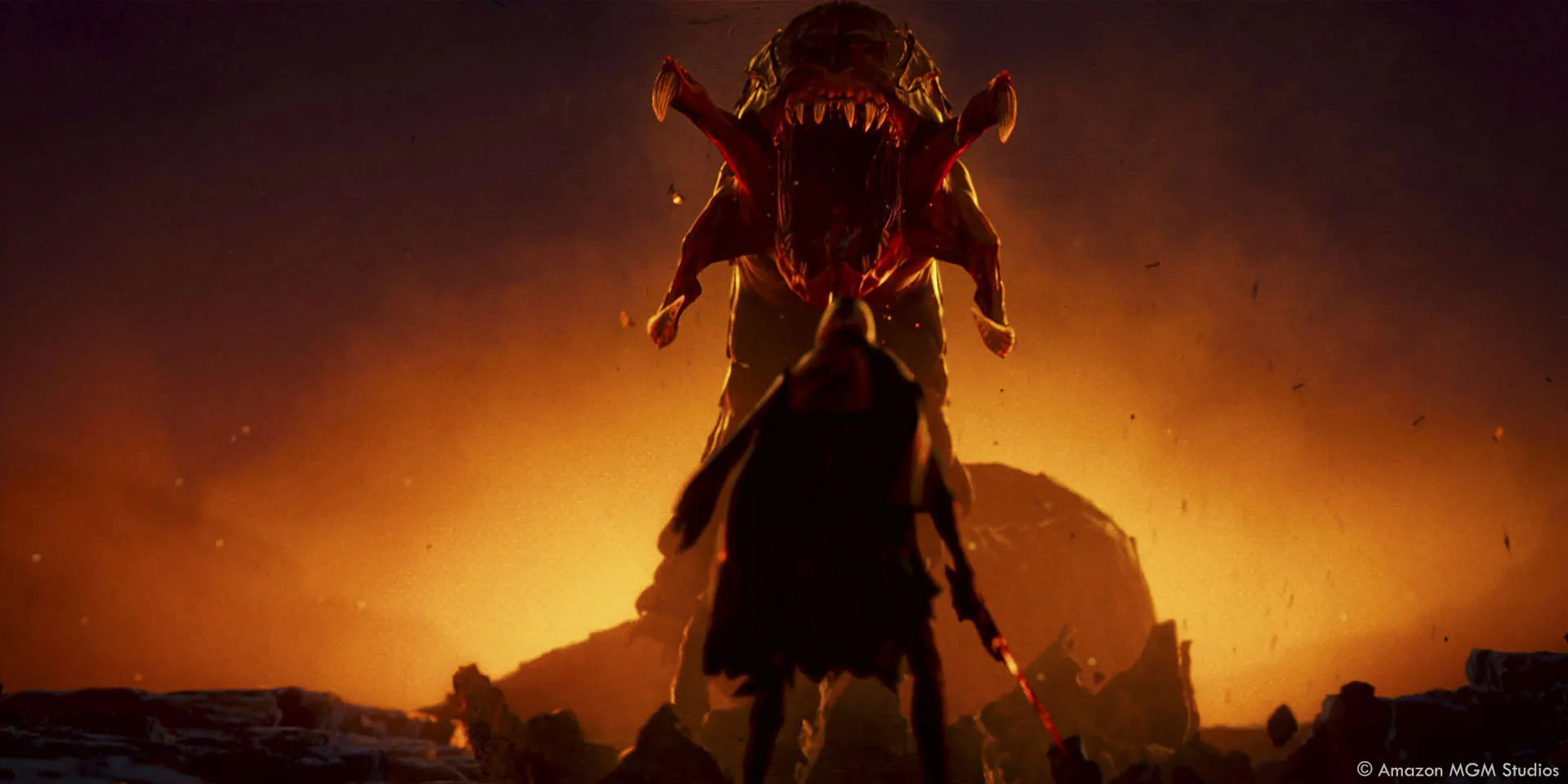
With Secret Level, you’ve collaborated with several animation studios. What criteria did you use to choose the right studio for each story? Was their style, technology, or expertise in a specific genre a major factor?
We weren’t just looking for technical skill; we wanted teams that genuinely cared about the stories they were telling. And that means working with studios that understand the nuances of game-inspired storytelling, whether through their experience in cinematics, real-time animation, or stylized world-building. It’s not a coincidence that most of the partner CGI companies are our competitors in the game-trailer space. And though we’re often competitors, we’re also friends and we have enormous respect for the companies and artists we work with.
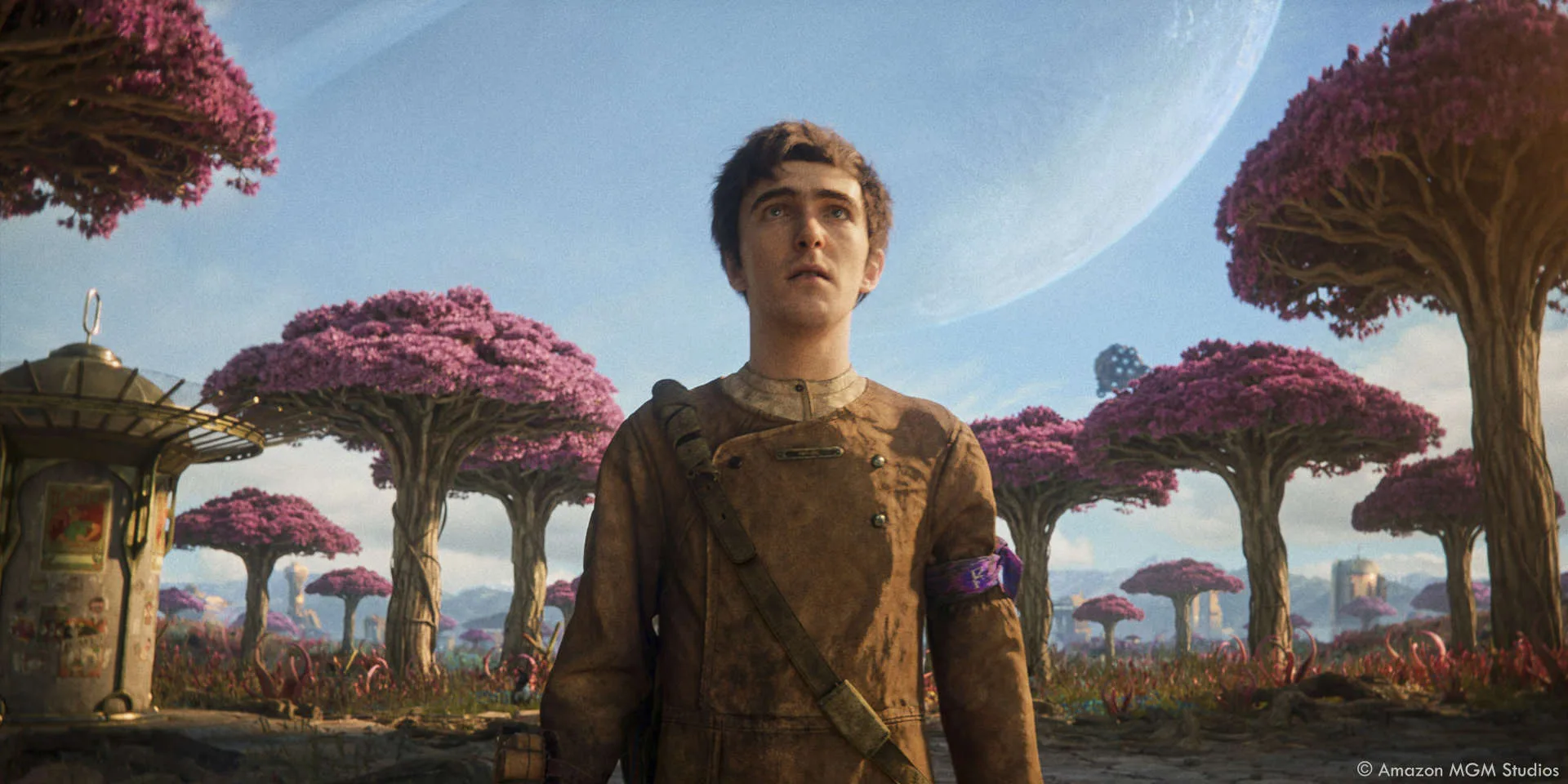
How do you approach storytelling when working with the short format? Is there a particular narrative structure or emotional arc that works best for these self-contained episodes?
You don’t have time to waste in a short film – no wasted frames, no unnecessary exposition. But there are all kinds of story structures. Some episodes play with traditional three-act structures, but others? They’re just pure mood and motion or a “slice-of-life” or a single event. It’s about embracing what the format does best and what offers the best experience in a small window of time.
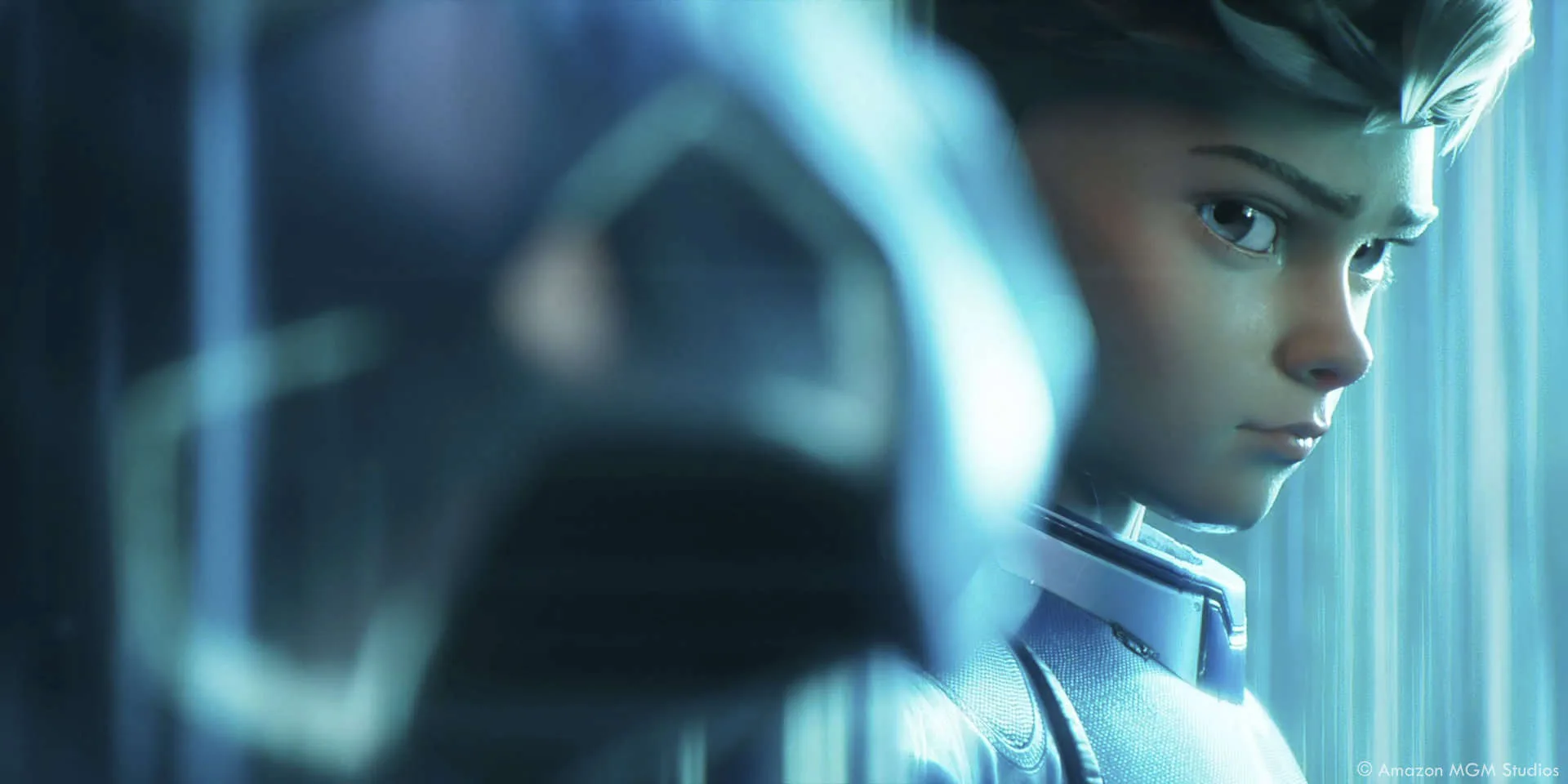
What challenges did you face when adapting gaming-inspired visuals or concepts into the cinematic medium? Were there ever concerns about making them too niche or inaccessible?
All the time. Games have built-in expectations— most players are used to controlling the narrative to some degree. When you take that away, you have to replace it with something compelling. We didn’t want to make “game cutscenes” – which we love, but perform a very different and specific purpose – every episode had to justify itself as a film, not just an adaptation.
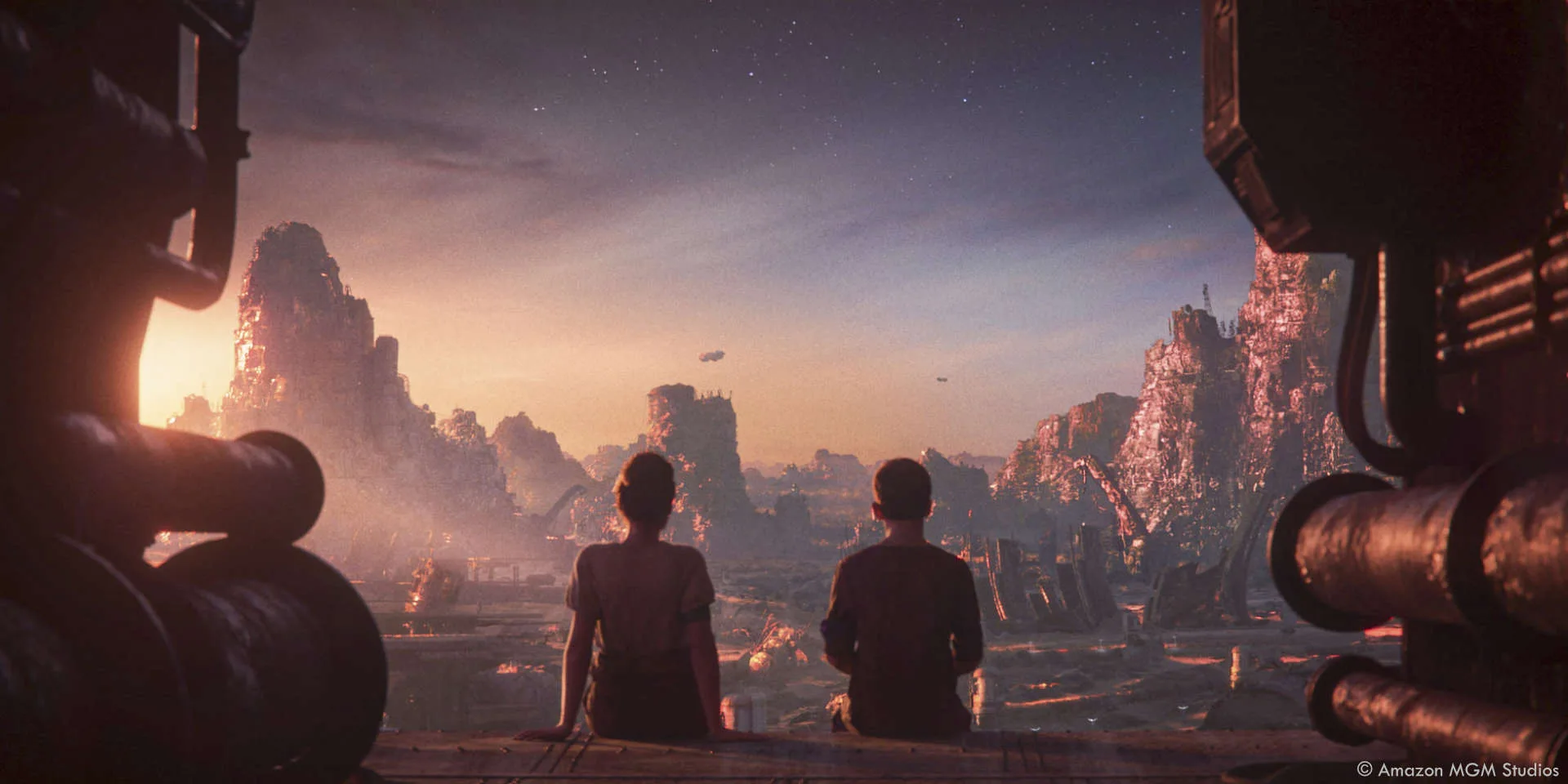
The anthology format gives you freedom to explore a variety of tones, styles, and genres. Was there a unifying theme or message that you wanted to connect across all the episodes?
Like Love, Death + Robots, the unifying element is that there are no unifying elements in terms of themes, structures or characters. We want the freedom of being able to do ANYTHING without worrying about how it fits with other stories in the show. There’s no single message beyond that.
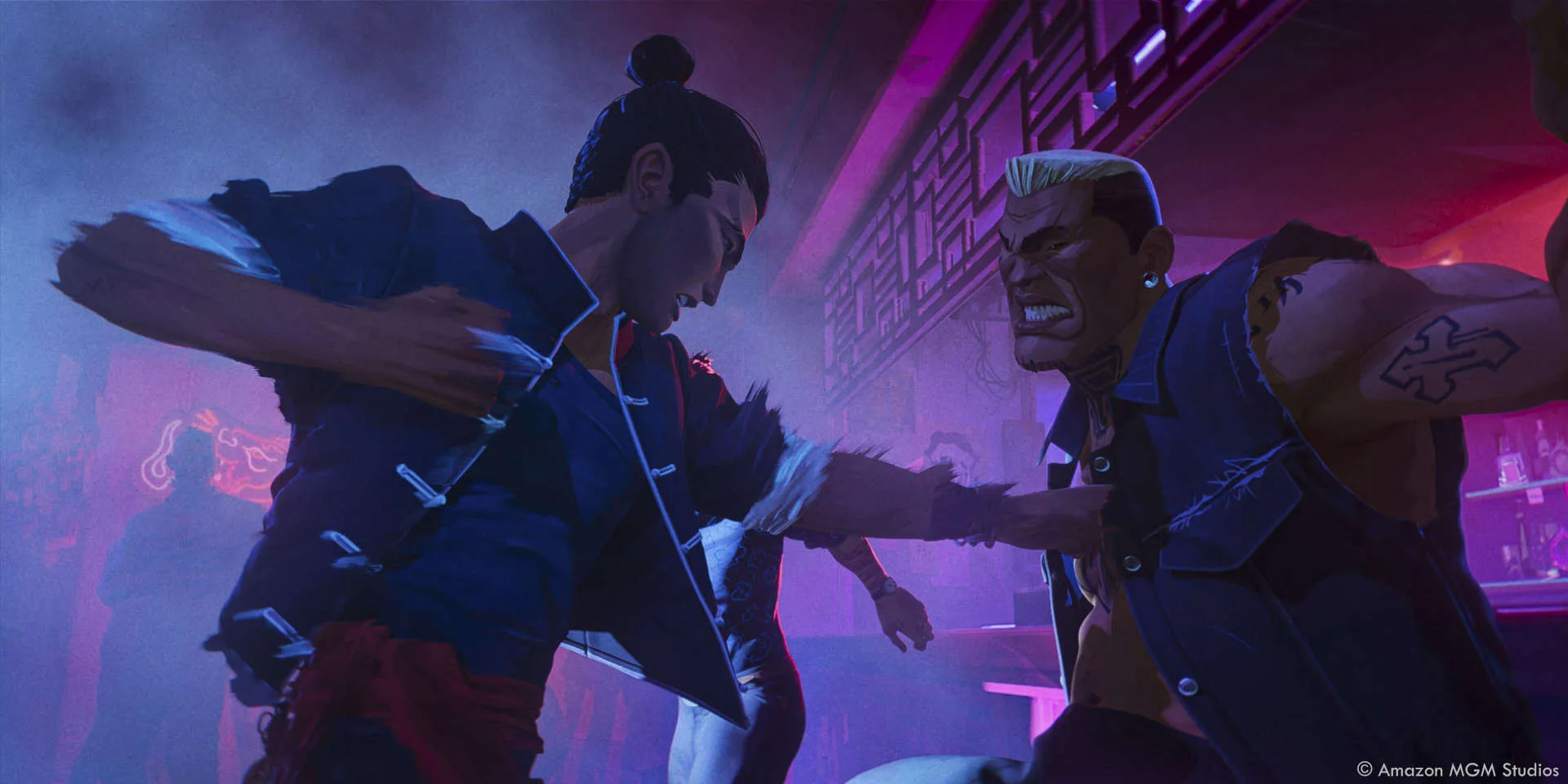
Can you share your thoughts on how video games and animation are increasingly overlapping as creative mediums? Do you think the future holds even more cross-pollination between these industries?
Absolutely. Look at what Epic is doing with Unreal Engine—real-time rendering is changing everything. The next generation of filmmakers could also be game designers and vice versa. Studios working on both cinematics and gameplay animation are already proving that the lines are blurring. I think in five years, we won’t even be talking about “game animation” and “film animation” separately—it’ll all be part of the same ecosystem.
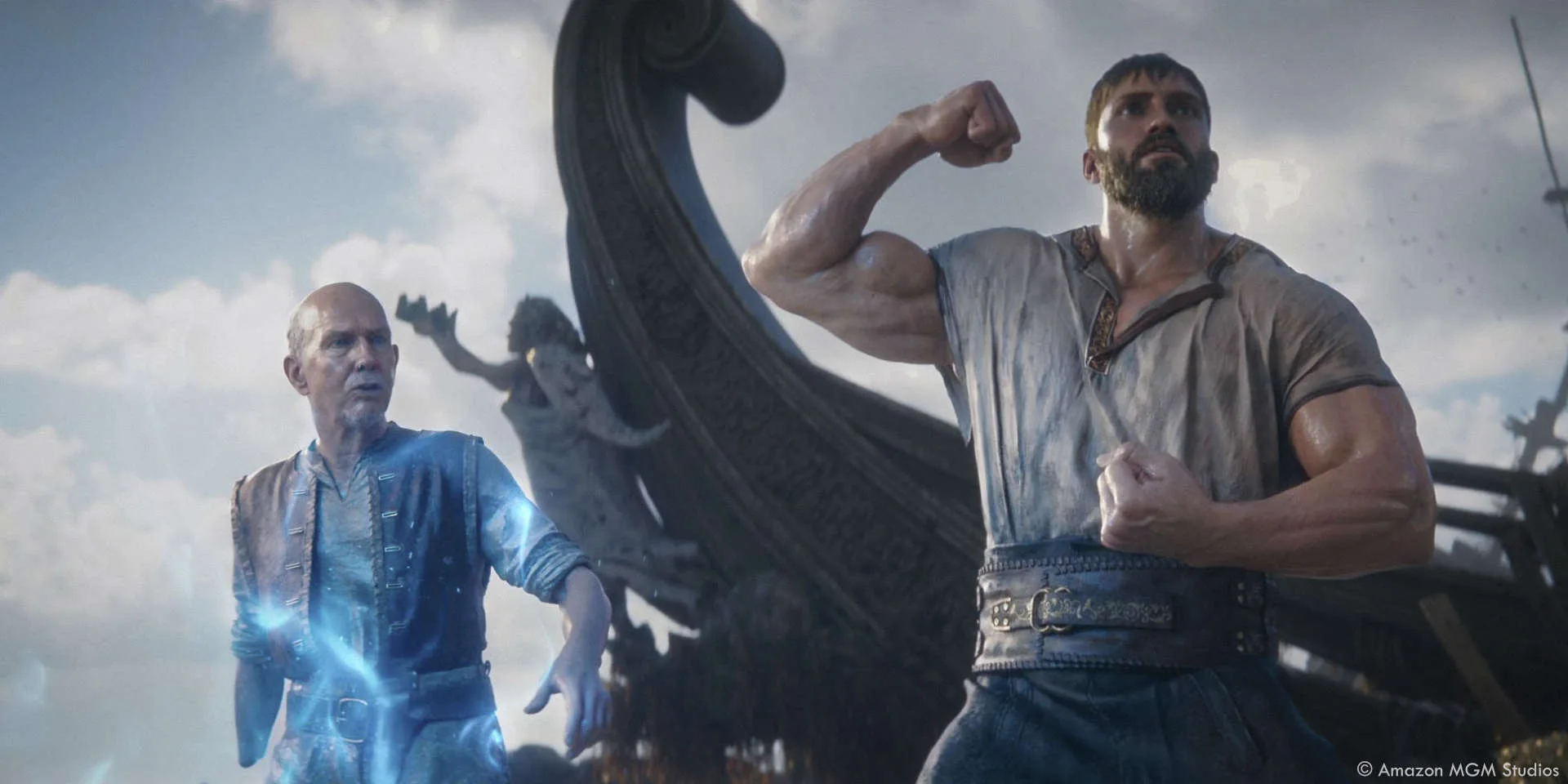
What were some of the biggest design challenges in translating the visual language of video games into animated storytelling? Were there specific details, like environments or character designs, that required extra care?
The main challenge is to always honor the source material. We aren’t trying to make something that feels like gameplay, but it should be infused with the spirit of whatever makes a particular game beloved or popular.
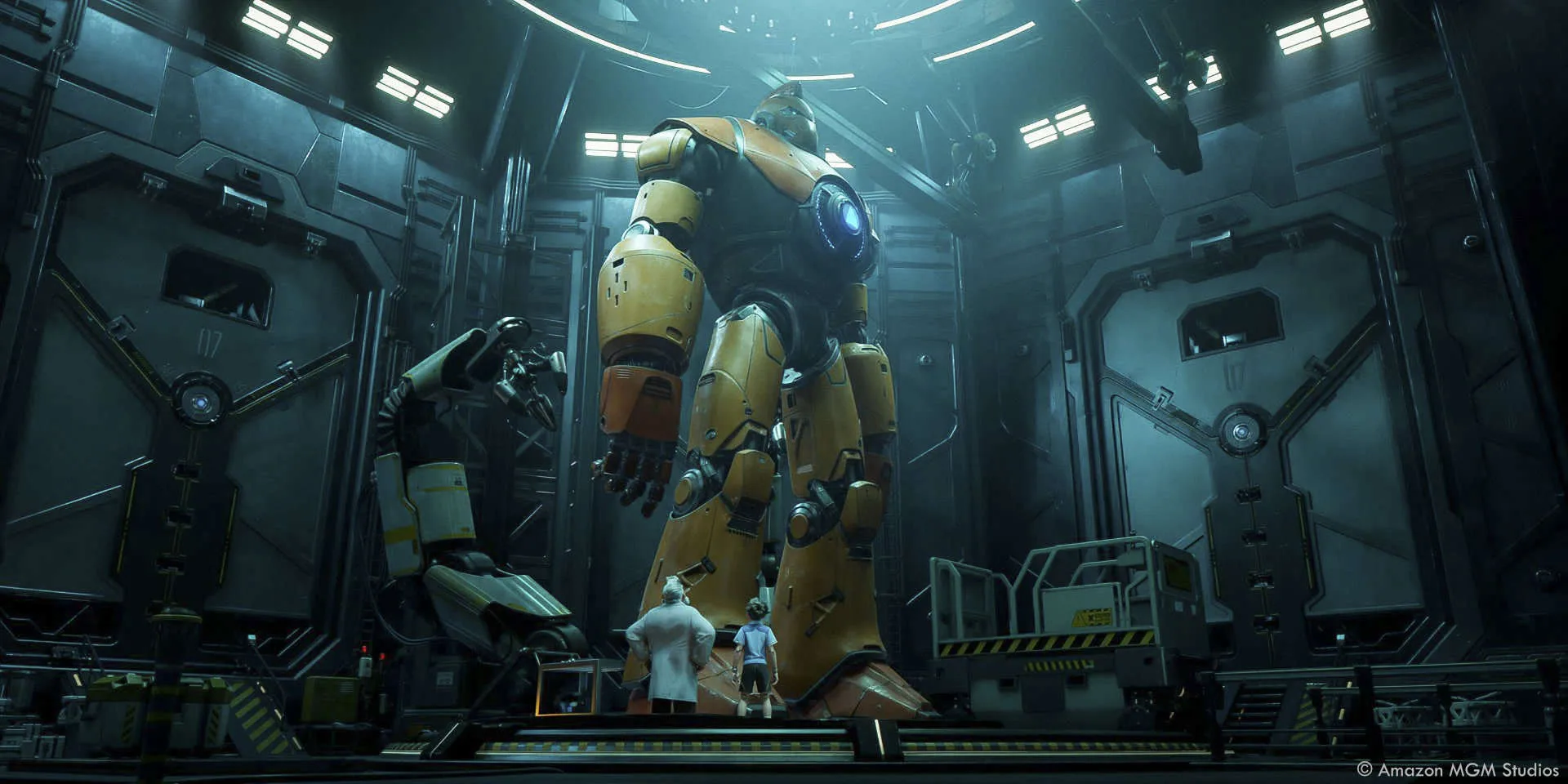
Were there any technical or creative innovations used in Secret Level that pushed the boundaries of animation, especially when capturing the dynamic energy of video games?
Absolutely. Some studios used motion capture in ways we hadn’t seen before, blending it with hand-animation to make action sequences feel more kinetic. Others played with real-time rendering, which let us iterate faster than traditional CG pipelines. We also experimented with AI-assisted animation for crowd scenes—exciting stuff that will only get more refined in the coming years.
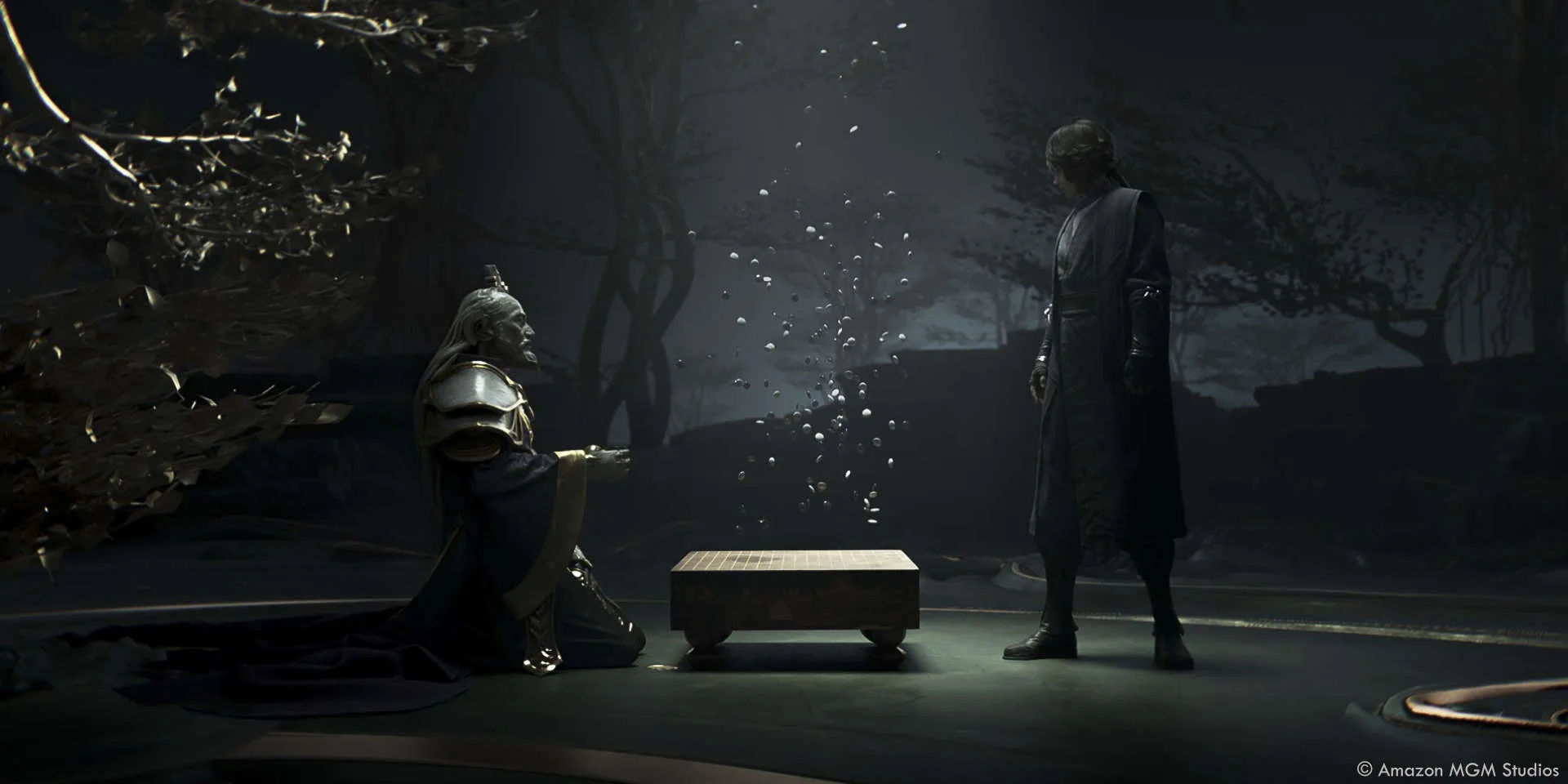
One challenge with gaming-inspired visuals is avoiding the “uncanny valley” effect when blending realism with stylization. How did you and the studios tackle this, especially in episodes aiming for hyper-detailed animation?
We often rely on character stylization to give us some separation – games like Warhammer for example – but we didn’t shy away from making photorealistic characters. That said, the most exciting animation for us isn’t about replicating reality—it’s about enhancing it. That’s the sweet spot for us – how do we make it something nobody has seen before?
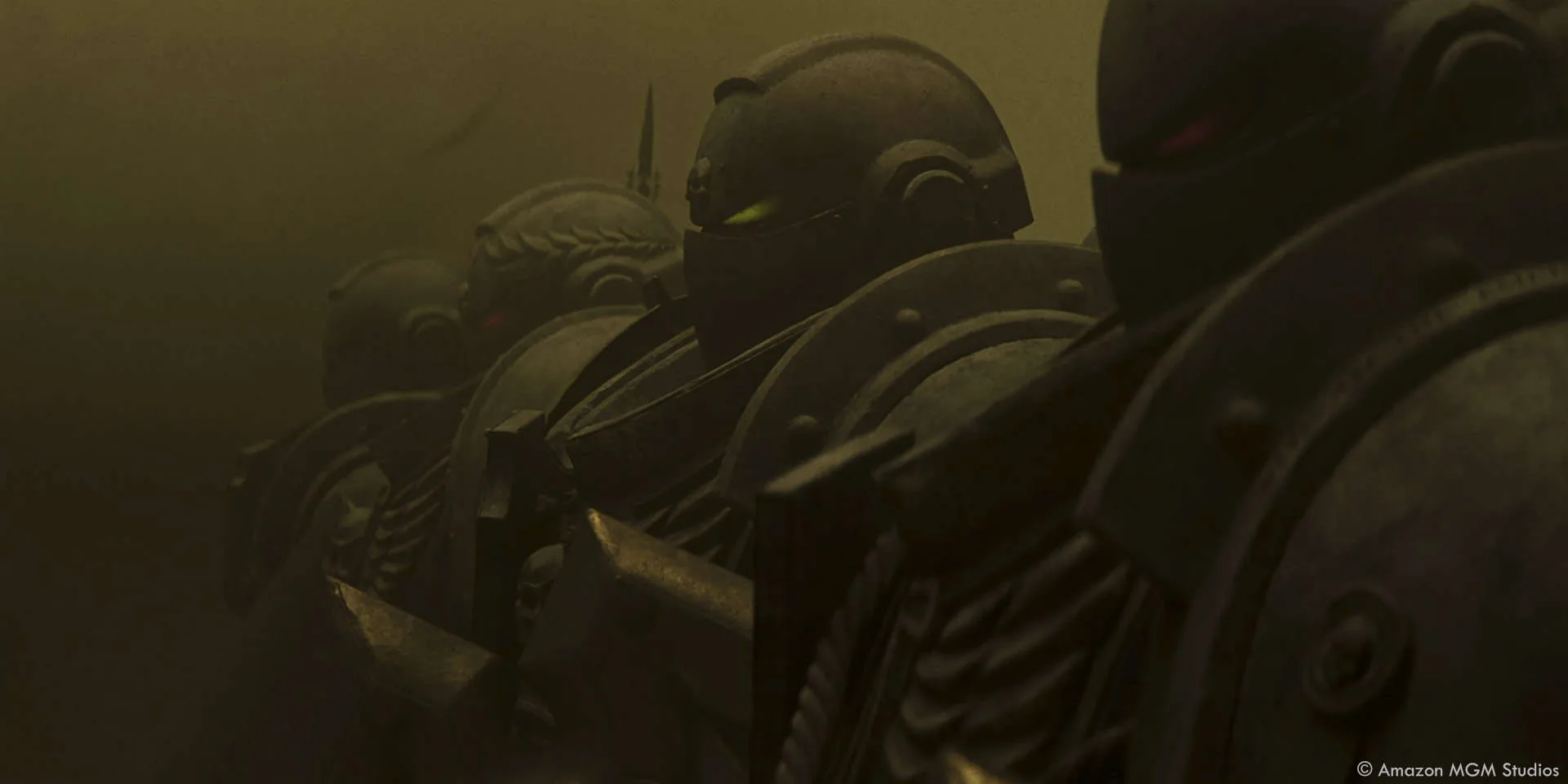
A big thanks for your time.
WANT TO KNOW MORE?
Blur Studio: Dedicated page about Secret Level on Blur Studio website.
Digic Pictures: Dedicated page about Secret Level: Armored Core on Digic Pictures website.
Digic Pictures: Dedicated page about Secret Level: Sifu on Digic Pictures website.
Goodbye Kansas Studios: Dedicated page about Secret Level: The Outer Worlds on Goodbye Kansas Studios website.
Illusorium Studios: Dedicated page about Secret Level on Illusorium Studios website.
Platige Image: Dedicated page about Secret Level: Crossfire on Platige Image website.
Unit Image: Dedicated page about Secret Level: Dungeon & Dragons on Unit Image website.
Unit Image: Dedicated page about Secret Level: New World on Unit Image website.
© Vincent Frei – The Art of VFX – 2025




